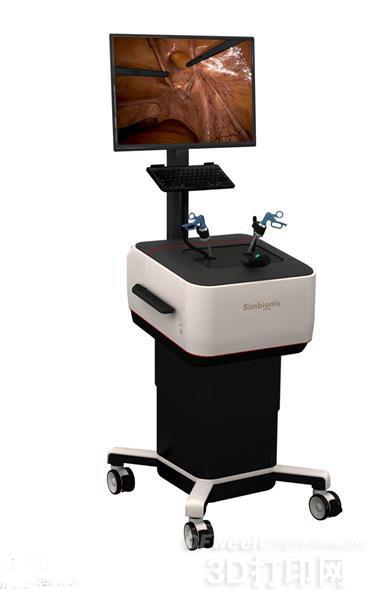On June 13, 2016, leading 3D printing company 3D Systems announced the release of its first and only virtual reality training module for laparoscopic transperitoneal peritoneal (TAPP) inguinal hernia repair. It is reported that the module will be mainly used for 3D Systems' LAP Mentor laparoscopic surgical simulator and RobotiX Mentor simulator. According to the company, this new module can be used for training in robotic surgery and to meet the diverse needs of the medical user community to improve their medical training and enable patients to receive higher treatment. According to the American Association of Gastrointestinal and Endoscopic Surgeons (SAGES), approximately 600,000 inguinal hernia repairs are performed annually in the United States alone. Although the current surgery can be performed by minimally invasive surgery, not only is there less pain, no scars, and the recovery time is short, but there are often doctors who perform traditional open surgery on patients. This is mainly because minimally invasive laparoscopic transperitoneal (TAPP) techniques are relatively difficult to grasp. In other words, the learning curve is steep, and how to conduct organized training is also a challenge. For many years, the training methods available for this technology were only training boxes and bodies. 3D Systems' latest TAPP inguinal hernia repair module provides the first comprehensive training solution for this technology, and is interactive and repeatable. It is understood that this virtual reality training module of 3D Systems aims to shorten the learning curve through realistic and convenient virtual training. This module provides the doctor with an extremely realistic anatomical environment to help him safely and repeatedly practice the techniques and procedures required for this procedure. The module includes explanations, such as interactive guidance, covering anatomical landmarks, identification of key structures, peritoneal incisions, anatomy, and management of the hernia sac. In addition to these surgical skills, the module provides exercises for surgical decision making and an assessment of objective performance. Some additional steps regarding the procedure, including mesh treatment and peritoneal closure, are under development. “Our evolving range of physical and virtual 3D healthcare solutions provides professionals and professionals with the skills and tools to overcome current challenges and advance care.†Kevin McAlea, Chief Operating Officer, Healthcare, 3D Systems, said: “We Each of these products addresses the specific needs of the healthcare sector and is the result of close collaboration with medical experts, from educational training modules, simulations to pre-operative planning for specific patients, tools and implants for 3D printing, etc. We are committed to advancing the development of 3D technology in the healthcare sector and improving the experience and work outcomes of practitioners, students and patients." Shandong qufu healthyou Medical Technology co.,Ltd , https://www.kangerjianmedical.com